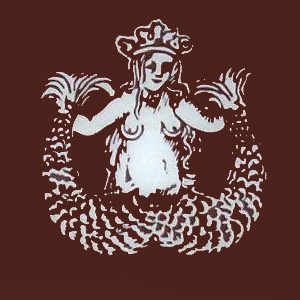Lyons, J. (2004). Selling Seattle: Representing Contemporary Urban America. Great Britain:
This book takes into account the persistent and deepening poverty of the 1980s and the nationwide economic recession of the 1990s. It addresses Seattle’s role in changing the urban centre, despite the negative economic and social restructuring occurring in other American cities. Gourmet coffee consumption during this era, introduces capitalism and globalism to an otherwise over looked city. It is through imagery and narrative, in which gourmet coffee makers such as Starbucks capitalize on local differentiation. Selling and branding consumption practices and place to attract customers. History suggests coffee is indefeasibly bound with the rise of capitalism. Coffee connects the poor underdeveloped countries to the south with the rich industrialized countries of the north. The first Starbucks opened in 1971, in Pike Place Market. Pike Place was an instance of the refashioning of urban space to the taste and aesthetics of the expanding class of white-collared workers in the financial and business services sectors. Pike Place represents both the resistance to and at the same time a product of global forces. From the start, Howard Scholtz announced his plan to, “Position Starbucks coffee as the first natural brand of specialty coffee.” Here in Seattle we believe in the coffee experience; rather than take our coffee home to be drunk, consumption was a display, in chic coffee bars, the perfect consumable commodity for the advanced service city, giving capitalism its caffeine boost, whilst at the same time helping to keep coffee’s stock buoyant on the world market. Starbucks has cultivated an image as a Pacific Northwest phenomenon by supporting particular renditions of the ‘Urban Lifestyle’.

No comments:
Post a Comment